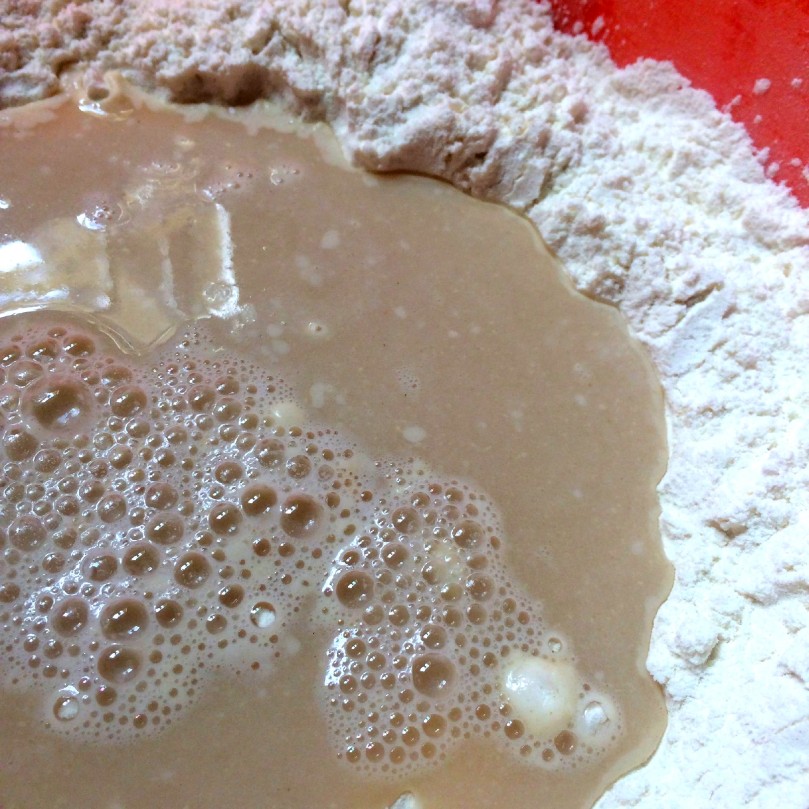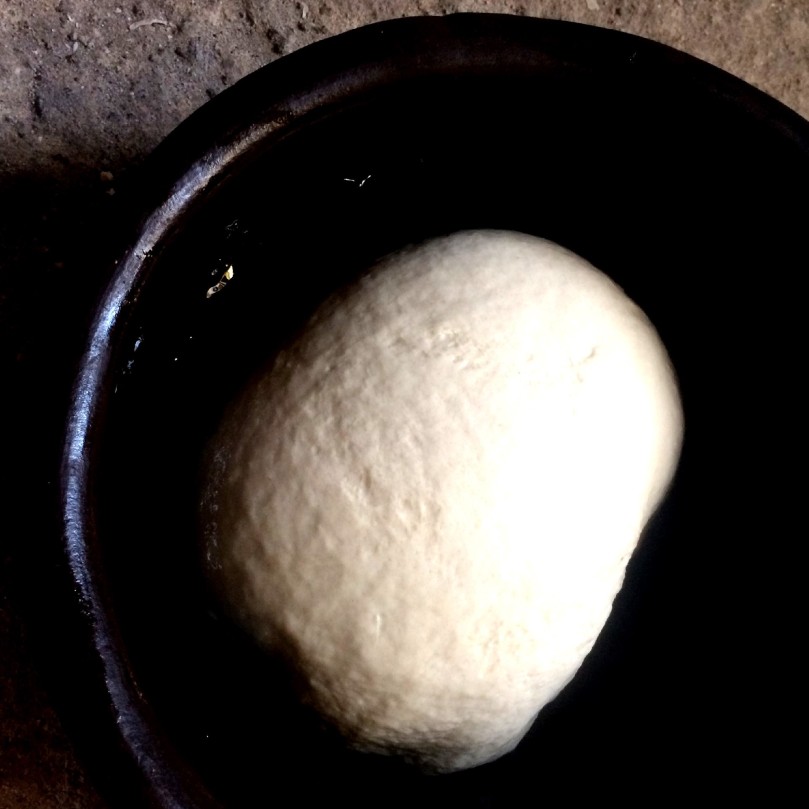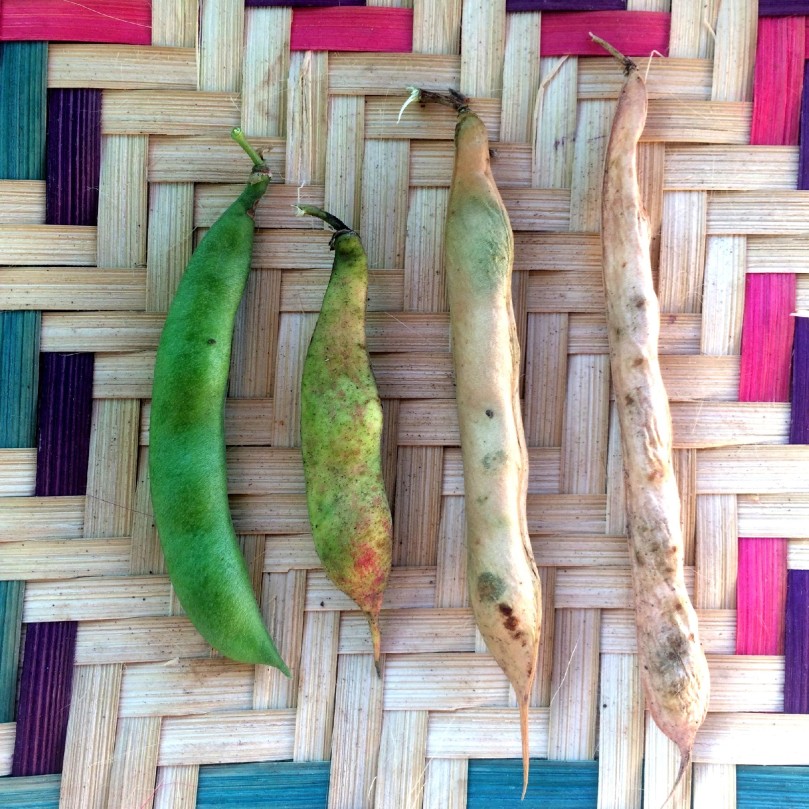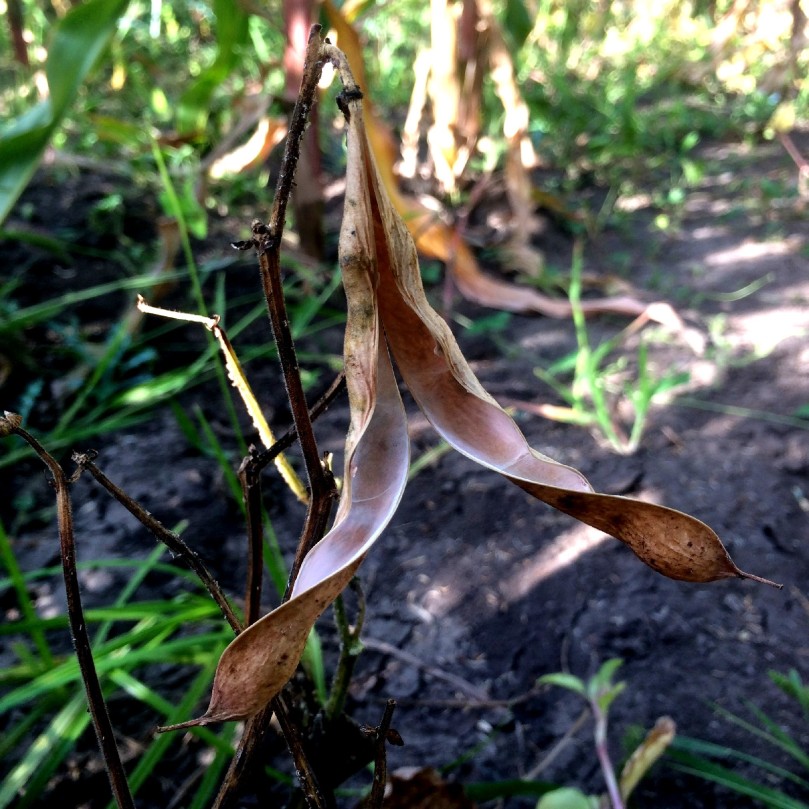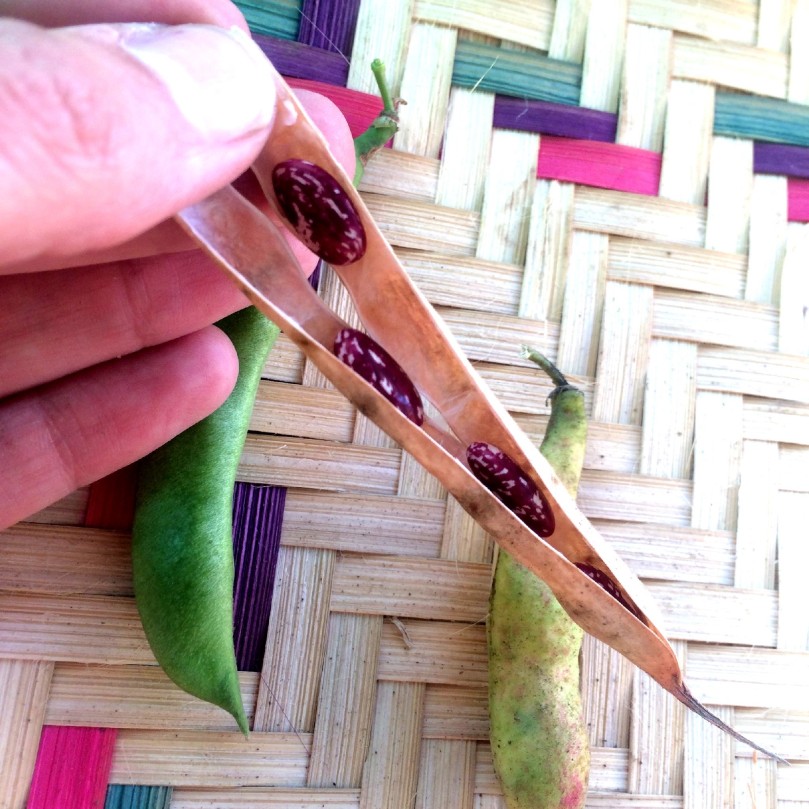The people who knew me in America, when I was at times pescatarian, vegetarian, and flirting-with-vegan, would be low-key horrified, or perhaps morbidly fascinated, if they saw me now.
On market days I stroll through herds of goats and sheep and their Masai herdsmen, squeezing goat flanks and stroking sheep backs to see how much meat they have on them. I barter jokingly with the men and tell them I’ll come back and buy one another day. They always seem to think I need several goats, ASAP, and tell me so.
I eventually pry myself away from the livestock yard and head to the butcher row. Sheep are tethered together at the neck by sisal rope, waiting for their imminent slaughter. Raw meat hangs from the wire mesh in the windows of the butchers. The smell of grilled meat fills the air. Most of the butchers wear white coats, which by the afternoon are pretty dirty-looking.
Today, I hunt down goat liver. I buy half of a raw liver, weighing probably about a pound, for 4,000 Tanzanian shillings – about $2. I head over to another section to pick up soup bones for my friend’s dog who’s staying at our place, then head home.
Being a previous vegetarian who was then transplanted to Tanzania was one of those experiences that may be best described by the phrase “out of the frying pan and into the fire.” Seeing cows and goats being slaughtered in the mornings on my way to the village cafe was something I quickly got used to. I would watch cows being butchered from start to finish. I gained a new appreciation for this type of slaughter: the entire animal was used. Hardly any part was thrown away.
The hides go to a man who buys them up for tanning. The head and feet go to mamas who specialize in cooking various soups with them. A Masai butcher would collect the blood which can be drunk, whereas a Muslim one would let it flow into the ground, which is part of halal slaughter. Stomach and intestines are cleaned, then grilled or cooked. The liver and heart are sold along with the muscle meat at the butcher’s. Everything else is thrown to the village dogs, who make short work of it. What’s left – the horns, maybe? I once told a Tanzanian man that some cultures in parts of the world clean and polish animal horns, then use them as drinking vessels. He was more or less horrified. Guess you have to draw the line somewhere.
I realized that if I truly appreciate this kind of slaughter, and if we will probably butcher our own goat one day, I need to be okay with cooking and eating some of these non-muscle-meat parts that come along with a slaughtered animal. I figured liver was a good place to start.
Many people balk at eating liver because it is the organ that removes toxins from the body. If toxins are a concern, in general it’s best to choose liver from smaller and/ or younger animals; for example, better to eat a young rooster’s liver than an old pig’s. Also, if possible, try to make sure the animal was raised organically; at the very least, not in a toxic environment. Interestingly enough, some studies show that animal livers do not always have a higher concentration of toxins and heavy metals than muscle meat does; the levels can be variable.
Liver is an excellent source of protein, iron, vitamin A, and vitamins B12 and B2; in fact, its vitamin A levels could potentially be harmful if you eat too much. Liver is suitable as an occasional dish, maybe once or twice a month for the average person. See this article for more information and advice.
Upon researching how to cook liver, here are the top tips I learned:
If parasites are a concern, cook liver all the way through – it should not still be pink inside.
If the liver comes from an adult animal or if toughness is a concern, soak in milk for up to four hours before cooking.
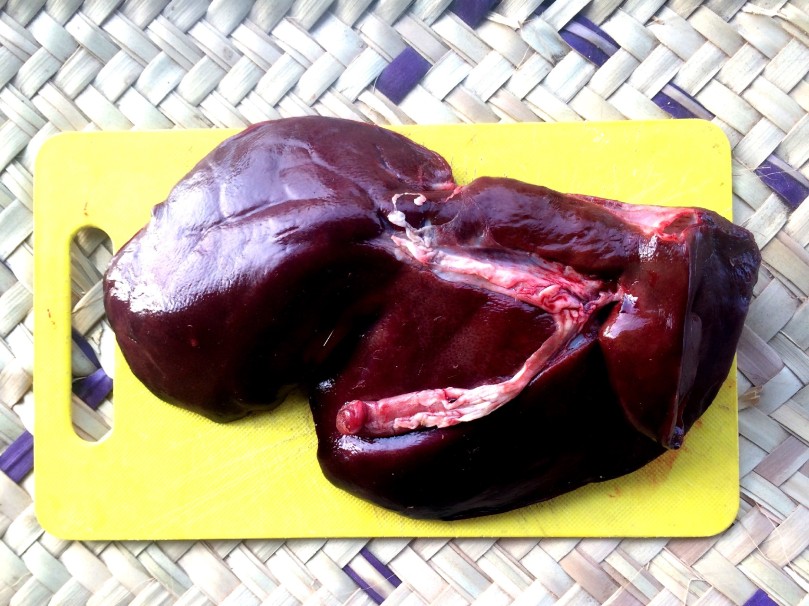
(Above: what we’re working with. You might be thinking that this liver is unusually large; in fact, my cutting board is unusually small!)
It’s recommended to peel off the thin outer membrane before slicing. Slice liver thinly so that it cooks quickly and evenly. Cut out any white tubes you may come across when cutting up the liver.
When cooking or frying liver, don’t move it around too much as it will either break or get tougher the more it’s moved during the process.

(Above: sliced and ready to be cooked.)
I cooked liver and onions, which was really easy. Saute onions until soft or slightly caramelized (however you prefer). Remove the onions from the pan, add more oil into the pan if needed, and turn up the heat. Fry the thin slices of liver, about a minute on each side. Remove from the oil and combine the liver with the onions again. Season with salt and pepper to taste.
How easy was that? What are your favorite liver recipes?
